Renal insufficiency
In addition to those mentioned above, eating a lot of salt can predispose to stones or kidney stones. It also causes fluid retention, worsening not only the kidneys but also the heart and liver.
Appearance of tumours
Eating a lot of salt can favour the appearance or development of certain tumours, such as breast cancer. This is certified by a study published in 2018 by Chinese researchers.
Overweight and obesity
In 2019, a study called INTERMAP was carried out in which the relationship between salt consumption and obesity in different countries was analyzed. Thus, it was found that salt consumption is positively associated with BMI and the prevalence of overweight or obesity in Japan, China, the United Kingdom and the United States.
Types of salt: healthier alternatives
Himalayan salt boat
Pansat
It is an iodized salt created in Finland. It is low in sodium, rich in potassium and magnesium. It can help lower blood pressure rather than increase it. It is 56% sodium chloride (100% ordinary salt).
Biosal
It is a mixture of sodium chloride with potassium chloride. Counteracts the adverse effects listed above. It is less harmful but has no nutrients and is treated with bleaches, chemicals, and iodine.
Smoked salt
It is used to add another taste to food, but it does not contribute anything nutritionally.
Red or “Hawaiian” salt
It comes from the coasts of this Island and contains iron oxide, a derivative of volcanic clay. It is extracted using natural methods and resembles sea salt. It has a robust flavour and can stimulate the oxidation of certain foods.
If you have questions about healthily consuming salt, remember that you can always consult your family doctor.
What if you crave something salty?
The truth is that sometimes the body asks us to give it salty food. There’s a solution. The specialist explains that we can eat foods with flavour but through spices and herbs or lemons. These ingredients are harmless and flavour the food to mitigate the taste cravings in food that salt provides. “Potassium is also a flavour enhancer. So we can eat foods rich in potassium, but without overdoing it. Eat watermelon, banana, papaya, plum, almonds, mango, kiwi and orange and grapes raisins, and pistachios. Natural yogurt, sweet potato, avocado, thistle, spinach and, in general, all legumes are also rich in potassium, “he says.
arterial hypertension
Problems of excessive salt intake
We must control the amount of salt we take, mainly to try to avoid health problems.
Used as a substitute for salt is nutmeg, a beneficial condiment for controlling blood cholesterol levels. We recommend grating it at the time of use and adding it at the end of cooking, not losing properties, and its smell and taste are not reduced.
Provencal herbs: aromatic herbs are another of the most versatile options in the kitchen, as they are used to season meats, sautéed vegetables, fish or stews. Cooking with Provencal herbs such as oregano, rosemary, thyme, basil, or rosemary will also benefit your body thanks to its antiseptic, carminative and antioxidant properties.
Bittersweet vinaigrette: if you cannot eat a salad that does not contain salt, we suggest this simple bittersweet vinaigrette: mix in a container lemon juice, orange, a tablespoon of wine vinegar, a teaspoon of honey and two tablespoons of olive oil. Mix well, and you will get a delicious dressing to dress your salads.
Reduce or eliminate the consumption of precooked dishes and preserves.
Eliminate the consumption of salty snacks and reduce the use of sauces such as soy or ketchup.
This article is merely informative; at oneHOWTO, we do not have the power to prescribe any medical treatment or make any diagnosis. We invite you to see a doctor in the case of presenting any condition or discomfort. Without a doubt, one of the main ones is the rise in blood pressure. This favours that the walls of the arteries suffer more pressure due to the increase of water in the body and the volume of blood that they support, producing alteration of the wall of blood vessels with the consequent risk of formation of thrombi and atheroma plaques that cause the strokes and heart attacks. “It can also cause arrhythmias, as well as produce kidney stones and deteriorate kidney function. It can cause dyspepsia and inflammation in the stomach lining that triggers gastritis, gastric ulcers and even stomach cancer. And last but not least importantly, it can cause osteoporosis with the consequent risk of fracture, since excess sodium causes calcium to be lost in the urine “, the specialist explains.
How to eat without salt
Eating without salt is not pleasant if you do not replace it with something flavour in your dishes. Sometimes, there is no choice but to remove the salt for medical reasons. In others, you will find that stopping eating salt will lose weight because you will stop feeling so bloated. If you think you can’t get used to eating without salt, take a look at these options to substitute salt in meals.
Lemon: if you add a few drops of lemon, especially to meat or fish, you will not notice the absence of salt. In addition, the lemon will provide an extra dose of vitamin C to your dishes.
Mint: in the case of broths, creams or soups, you can add some mint leaves to the cooking to add a fresh touch to the recipe.
Curry: adding curry powder to your dishes is another option to avoid salt. Curry is a spice that provides an exotic touch and is very beneficial for digestion, as it reduces colic.
Garlic and parsley: if you haven't already, this is the best time to garnish your dishes with garlic and parsley. It is a mixture that combines perfectly with any food and type of cooking, although we recommend it to dress meat and fish. Parsley also has diuretic properties, and garlic is good for eliminating harmful bacteria to the intestine.
Nutmeg: another spice that can be




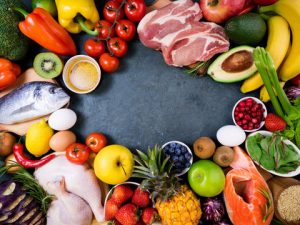
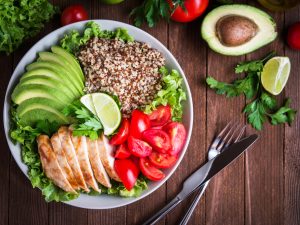
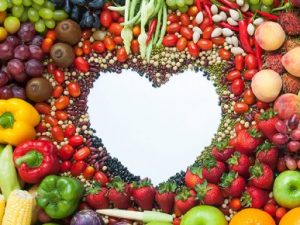



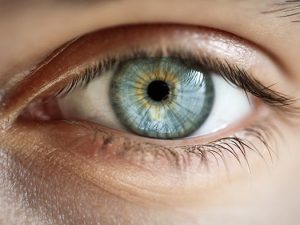








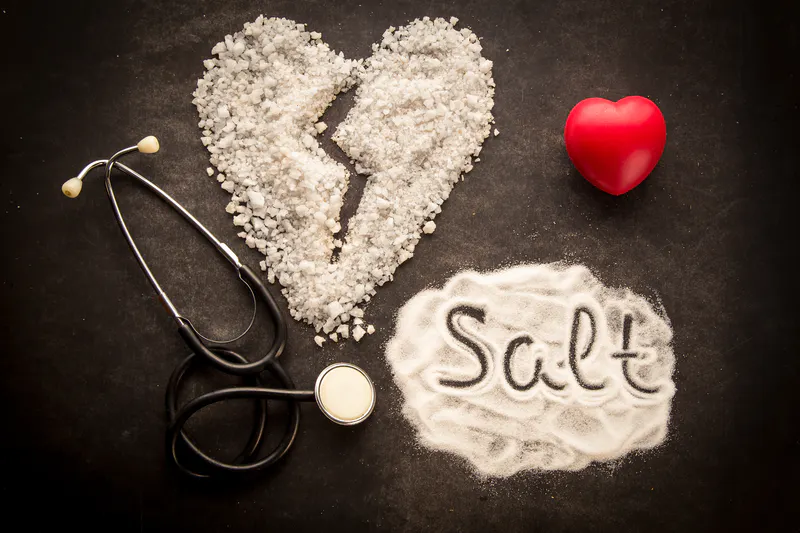









Add Comment